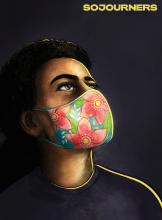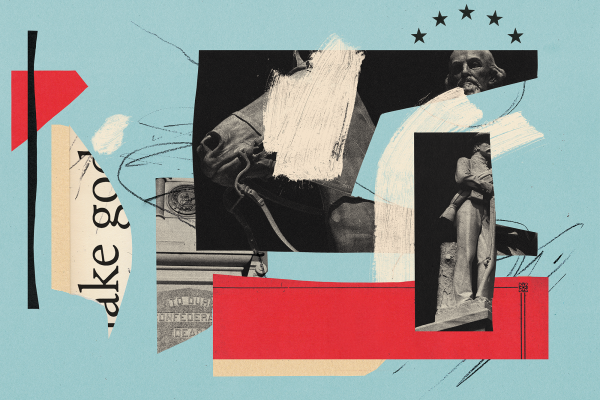EVERY DAY, BEFORE the coronavirus had us sheltering in place, I drove by a Confederate monument on the state capitol grounds near my home in Raleigh, N.C. It was unveiled in 1895 by the granddaughter of Stonewall Jackson, Julia Jackson Christian. Its 75-foot-tall granite column is a fixture of the landscape as people walk past on their way to work or sit on benches beneath its shadow, the shaft marked with the words “to our Confederate dead.”
The monument is strategically placed to assure maximum visibility. Everything about it is purposeful and planned. It makes a claim on the space—claiming the ground, the air, the power of public land with a particular version of history.
“To our confederate dead.” But the question that burns on the stone: Who does “our” represent?
Injustice, idolatry, and repentance
IN 2019, CHARLOTTESVILLE, Va., was still reeling from the August 2017 Unite the Right weekend during which counterprotester Heather Heyer was killed by a white nationalist. Two local Methodist pastors—Rev. Isaac Collins and Rev. Phil Woodson—decided to gather community members for a weekly Bible study aimed at reinterpreting the Confederate monuments that mark Charlottesville’s public space. They called it “Swords into Plowshares: What the Bible says about injustice, idolatry, and repentance.”
The inspiration came from Jalane Schmidt, a public historian and religious studies professor at the University of Virginia in Charlottesville, who has co-led truth-telling tours of the monuments since 2018. Schmidt suggested Collins take up the work of theological interrogation of the history embedded in these monuments and how this history lives on in the churches and Christians in their city.
Read the Full Article

